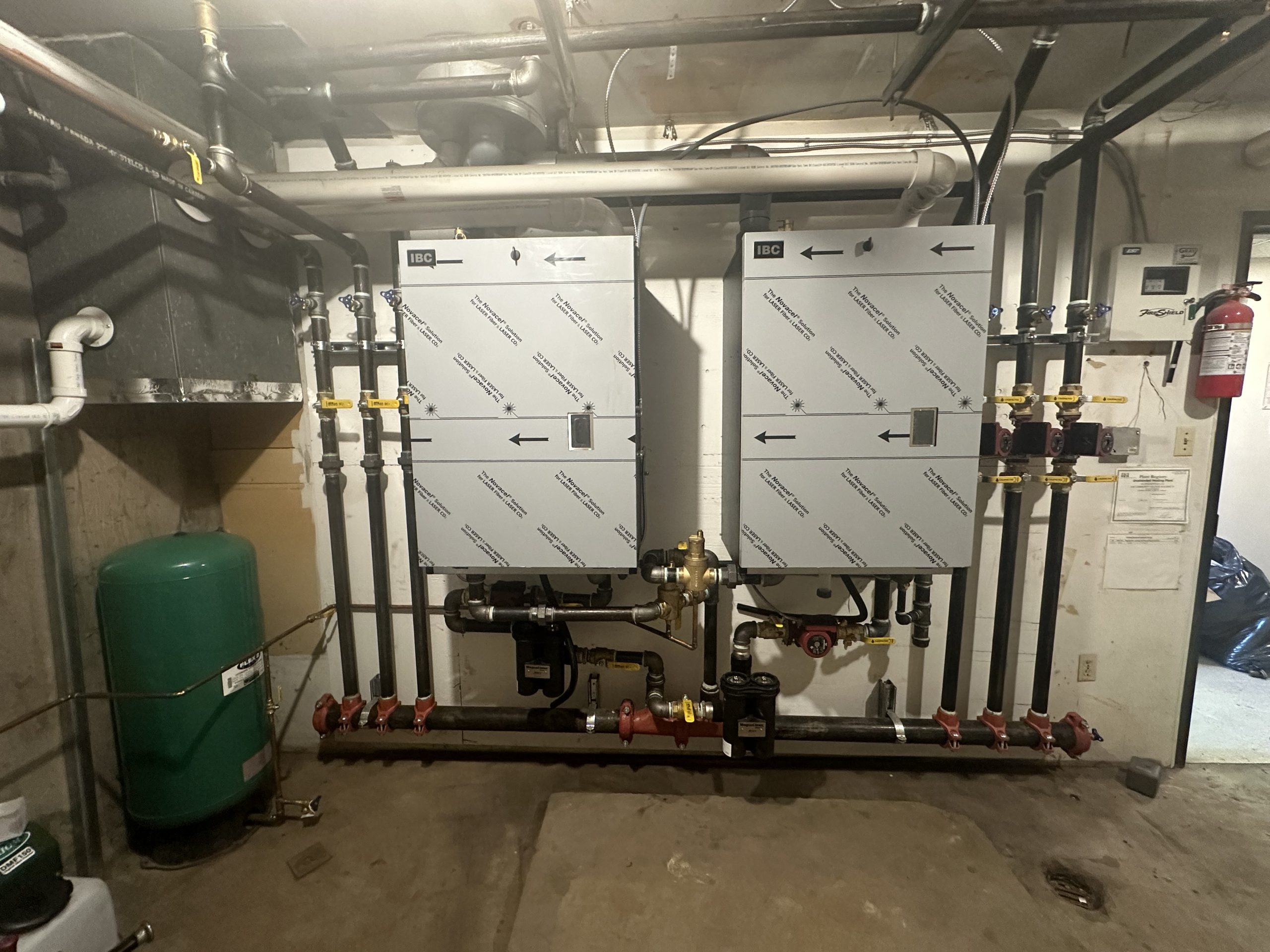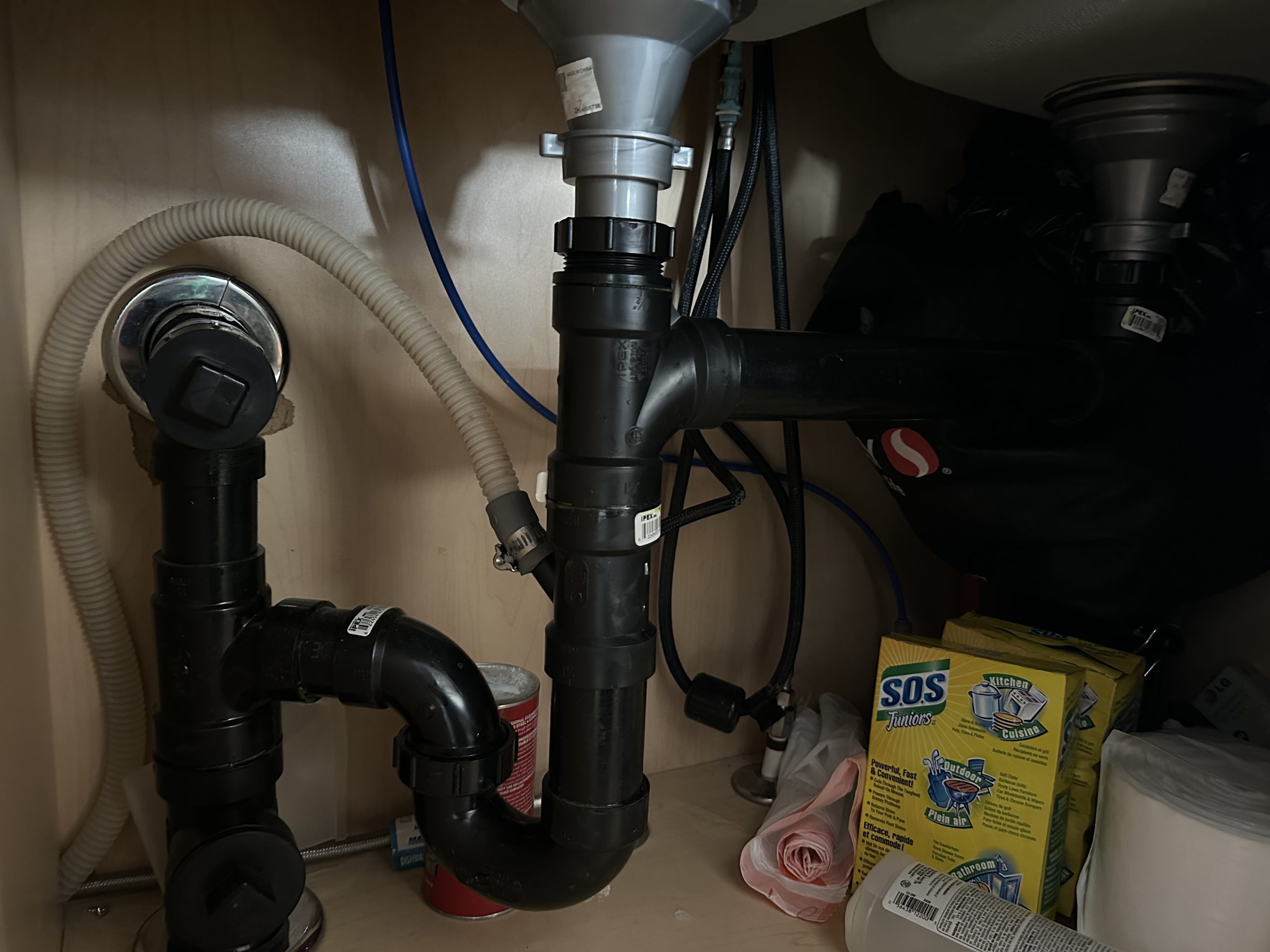Introduction
When it comes to home maintenance, plumbing often takes a backseat until an emergency strikes. Suddenly, you find yourself in a panic over a leaky pipe or an overflowing toilet. This article, Understanding Your Plumbing System: A Guide for Emergencies, aims to arm you with the knowledge necessary to face plumbing emergencies head-on. Whether you're dealing with a minor issue or something more severe, knowing how your plumbing system works can save you time, money, and stress.
Understanding Your Plumbing System: A Guide for Emergencies
TMK Plumbing and Heating LTDYour plumbing system is more than just a series of pipes and fixtures; it’s an intricate network that delivers water and removes waste from your home. Understanding the components of this system will help you identify issues before they escalate into emergencies.
The Components of Your Plumbing System
Water Supply Lines- These lines bring fresh water into your house from either a municipal source or a well. They are typically made of copper, PVC, or PEX materials.
- This includes all the pipes that carry wastewater away from your home. A proper drainage system is crucial to prevent backups and flooding.
- Faucets, sinks, toilets, and appliances like dishwashers and washing machines are connected to both supply and drainage systems. Understanding how these fixtures work will help in troubleshooting problems.
- These pipes allow air into the drainage system to help wastewater flow freely. Blocked vent pipes can cause slow drains or gurgling sounds.
- Located under sinks and other fixtures, traps hold a small amount of water to prevent sewer gases from entering your home. Regularly checking traps can prevent clogs.
Common Plumbing Emergencies
Every homeowner should be aware of common plumbing emergencies which may require an emergency plumber:
1. Burst Pipes
A burst pipe can lead to extensive water damage in minutes. Knowing where your main shut-off valve is located can buy you precious time while waiting for an emergency plumbing service.
2. Clogged Drains
Clogs are often the result of hair, grease, or food particles accumulating in pipes. If plunging doesn’t work, it might be time to call in a professional.
3. Overflowing Toilets
An overflowing toilet can be both messy and frustrating. If the flapper valve isn’t working correctly, it might be time to replace it.
4. Leaky Faucets
While not usually an emergency, persistent leaks can waste significant amounts of water over time.
Preventive Measures
Taking preventive measures can significantly reduce the risk of plumbing emergencies:
- Regular inspections: Schedule annual checks with a licensed plumber. Use drain covers: Prevent hair and debris from clogging drains. Know your shut-off valves: Familiarize yourself with all valves in your home.
Emergency Plumbing Basics
In any plumbing emergency situation, having basic knowledge can alleviate some stress while awaiting professional assistance.
Shutting Off Water Supply
Knowing how to turn off your main water supply is essential during any leak or burst pipe situation:
- Locate the main shut-off valve—typically found near the foundation wall. Turn it clockwise until it stops; this cuts off water flow throughout the house.
Assessing Damage
Once you've stopped the flow of water:
Check for visible damage—water stains on walls or ceilings indicate leaks. Document any damage for insurance purposes; take photos if possible. Remove valuables from affected areas if it's safe to do so.Temporary Fixes Until Help Arrives
There are several temporary fixes you can employ while waiting for an emergency plumber:
- Use duct tape on leaking pipes as a short-term seal. Place buckets under leaks to catch dripping water. Utilize towels or rags around leaks for absorption.
Choosing an Emergency Plumber
Finding a reliable emergency plumber is crucial when facing crises:

Research & Reviews
Before hiring someone:
- Check reviews on platforms like Google or Yelp. Ask friends or family for recommendations based on their experiences.
Licensing & Insurance
Always ensure that your plumber is licensed and insured:
- This protects you from liability should anything go wrong during repairs.
Availability & Response Time
Choose someone who offers 24/7 services:
- Emergency situations don’t wait for business hours!
Frequently Asked Questions (FAQs)
1. What should I do if my toilet is overflowing? Immediately turn off the water supply valve located behind the toilet tank to stop additional water flow before seeking assistance from an emergency plumber.
2. How do I know if I have a burst pipe? Signs include sudden wet spots on walls/floors, increased water bills without explanation, or decreased water pressure throughout your home.
3. Can I fix plumbing issues myself? While minor clogs and leaks may be manageable with DIY methods, don’t hesitate to call an emergency plumbing service for major issues like burst pipes or severe clogs.

4. What causes low water pressure? Low pressure could result from clogged pipes, leaks in the system, or issues at the municipal level affecting supply lines.
5. Are there preventative measures I should take? Regular inspections by professionals and maintaining all fixtures will help prevent emergencies before they arise!
6. How quickly should I expect my emergency plumber? Response times vary but reputable companies strive for quick responses—usually within one hour during urgent situations!
Conclusion
Understanding Your Plumbing System: A Guide for Emergencies equips homeowners with essential knowledge about their systems and prepares them for potential crises that could arise at any moment. By familiarizing yourself with various components—from supply lines to fixtures—you’re taking proactive steps toward effective home maintenance.
It’s vital not just to understand your plumbing but also to establish relationships with trustworthy professionals who can assist when needed most! Keep this guide handy as part of your toolkit; after all, being prepared is half the battle!